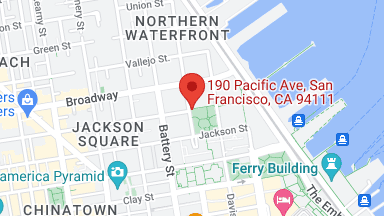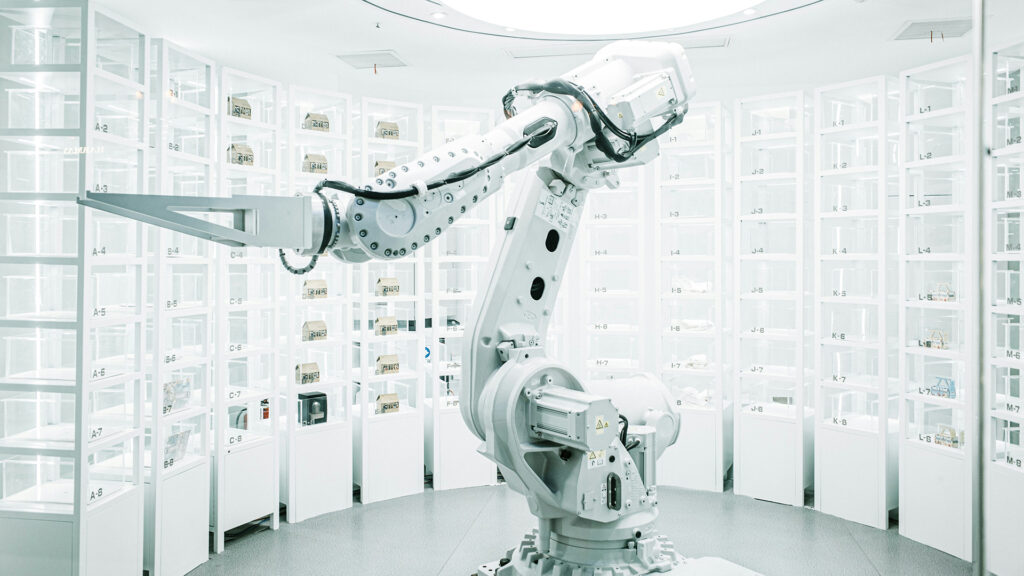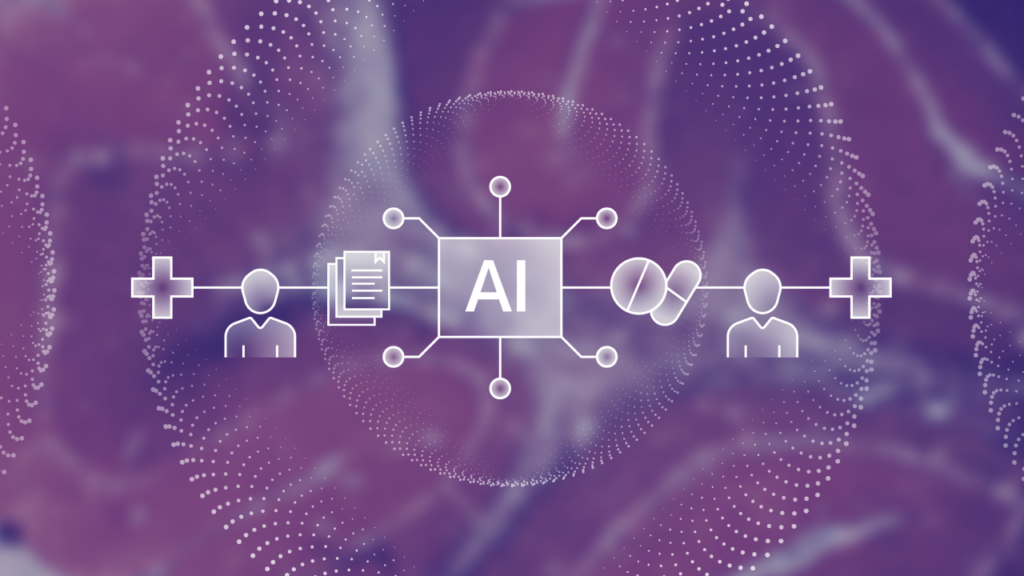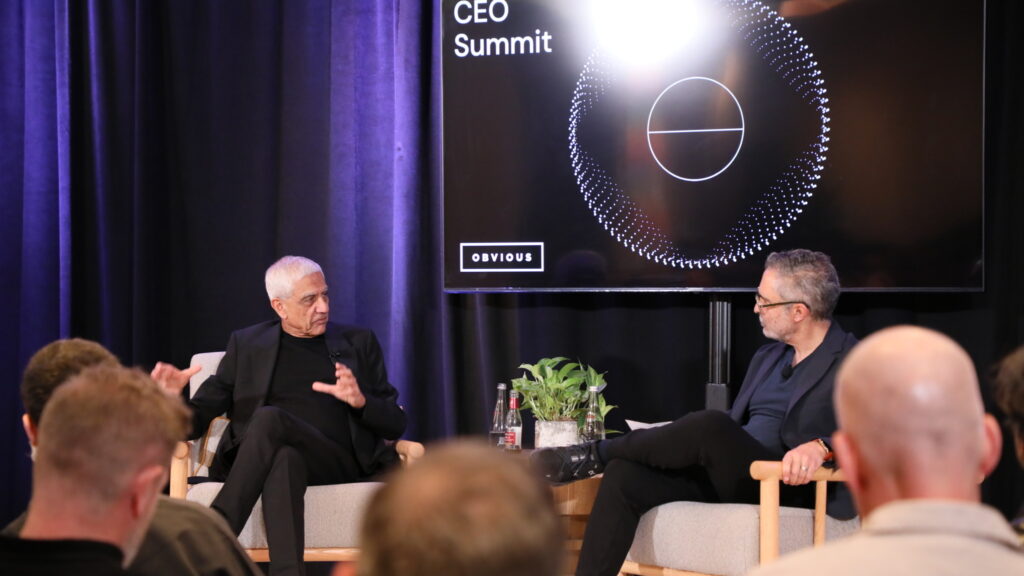Generative Science in Medicine: The next wave of life-changing AI
AI-powered science is improving healthcare and expanding who gets it
Rohan Ganesh |
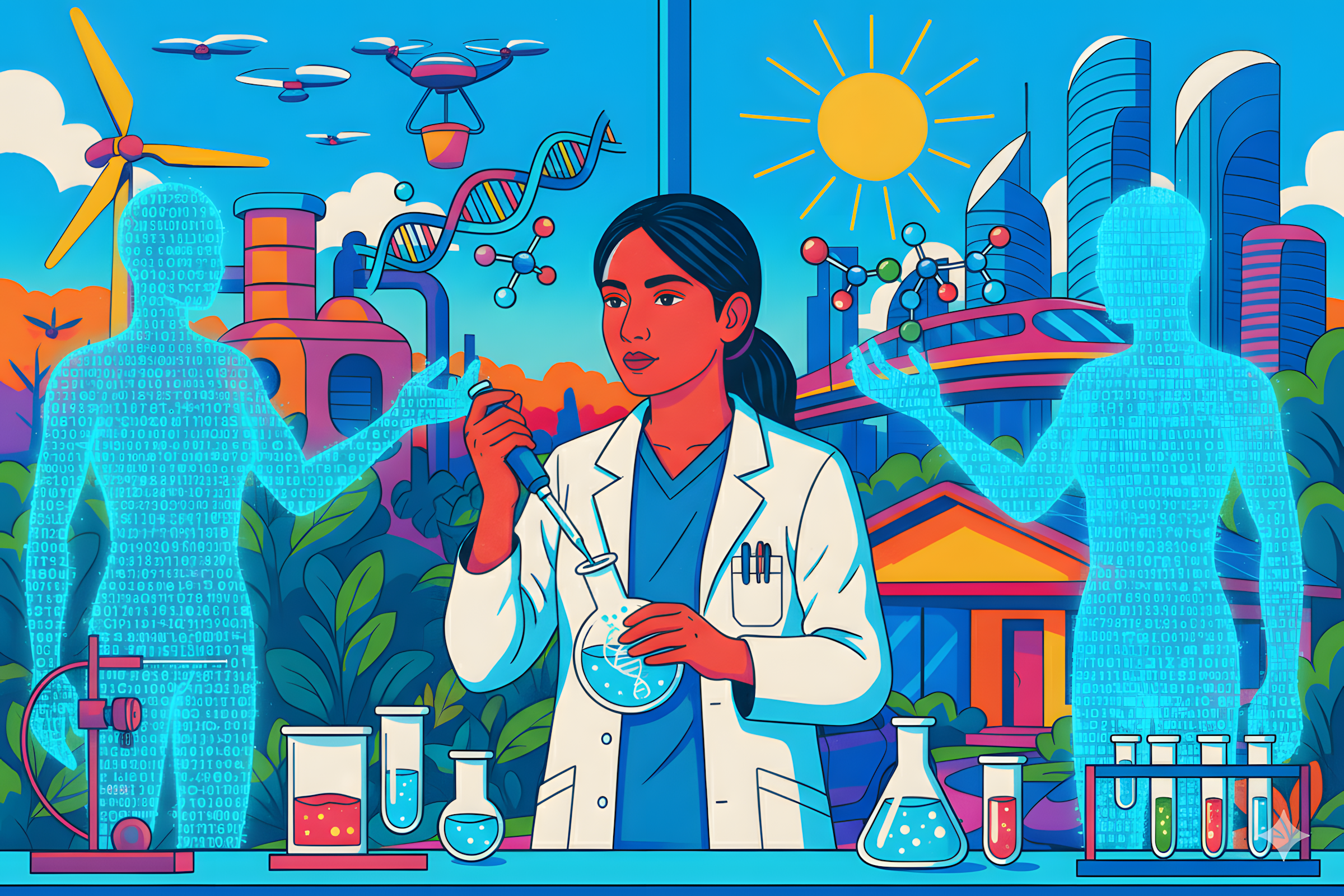
In the past few years, generative AI has reshaped how we create. It has redrawn the boundaries of what software can produce, especially in media, coding, and productivity tools. Yet these applications remain the first chapter of a deeper transformation now taking place.
In the life sciences and medicine, generative AI is becoming an essential, though often understated, tool. Biopharma companies are using advanced models like AlphaFold and other foundation models to help discover and design novel molecules. In clinical settings, doctors are turning to systems like OpenEvidence to support their decisions. Nearly 40 percent of physicians now use it every day.
We believe that we are at the precipice of AI evolving from being a set of discrete tools to a more holistic reasoning system that dramatically expands the capabilities of scientists and doctors.
We call this broad frontier generative science. At Obvious, we’ve argued that models trained on the mechanics of life—not just on the internet—can unlock problems once considered too complex, too slow, or too costly. And now we’re seeing what’s possible: new treatments, personalized medicine, and high-quality care delivered to more people than ever before. It comes from a new scientific method that is less constrained by human creativity and time and brings us closer and faster to life-changing advances in treatments and access.
The momentum is increasing, especially in medicine. Tools once used for small, simplified tasks designed to test feasibility (known as “toy problems”) are now entering real-world workflows, from the lab bench to the bedside. Specialized foundation models are accelerating drug discovery. New diagnostic platforms are changing how we detect, prognosticate, and treat disease.
As AI shifts from one-off use cases to a continuous presence in the daily work of scientists and doctors, we believe two new categories will emerge—one that redefines how discovery happens and the other that transforms how care is delivered.
The AI co-scientist and AI doctor
The AI co-scientist is a generative reasoning system that partners with researchers to accelerate the scientific method. Unlike narrow tools that work on fixed tasks like sequence alignment, these agents work across different workflows. They formulate hypotheses, design experiments, synthesize insights, and iterate based on real-world feedback. They tap into specialized models for protein folding or small molecule design, but they also reason more expansively, connecting dots between noisy datasets and scientific literature.
AI co-scientists don’t need a decade in school and a PhD. They can train on millions of existing scientific papers and petabytes of experimental data. They can absorb every protocol and stay current on enormous bodies of experimental research. In a world where talent and bench time are scarce, that kind of always-on partner acts as a background engine for discovery.
As the co-scientist rethinks how we find medical breakthroughs, the AI doctor will reimagine how we deliver care.
AI-based medical agents are already being trained on a massive corpus of medical literature, clinical trial data, and de-identified health records. Their job is not to replace physicians, but to act as a first line of reasoning. These AI assistants are already boosting workflows in clinical settings. In the future, every doctor will have an assistant like this that can triage symptoms, review charts, spot contradictions, and help prioritize and suggest next-best actions.
AI doctors won’t stitch wounds or perform surgeries—those will come with more breakthroughs in robotics—but they will make the medical system faster, smarter, and more efficient and consistent, especially in places where access to care is limited.
Imagine a patient who is juggling work, family, and an urgent medical concern. Instead of rearranging their life and waiting weeks to see a provider, they could consult an AI doctor already familiar with their medical history that could offer an informed first opinion and help them navigate a complex medical system (i.e. scheduling, insurance, record transfers) to guide them to the best care in the shortest amount of time.
What’s holding us back
While foundation models in science and medicine continue to improve, real progress now depends on the delivery infrastructure, which includes tackling operational, regulatory and social barriers.
Start with the AI co-scientist. These systems can generate hypotheses, prioritize targets, and even suggest next experiments. But they still depend on a physical world that moves slowly. Lab capacity is limited. Reagents are often backordered. Testing cycles involve multiple handoffs across research teams, contract labs, and protocols. AI agents today can’t yet report to a contract research organization (CRO) or follow up on an experimental run. That layer of coordination—between thinking and doing—is still thin.
Companies like Inductive Bio are helping build the bridge between AI models and real-world impact. The learning cycle that Inductive is building is rooted in both computation and chemistry. Its generative science chemistry models propose new compounds, which are then synthesized, tested, and refined. The physical results are then converted back into data and returned to the system to improve the next round of predictions, allowing scientists to more rapidly find breakthrough compounds.
The AI doctor faces a different set of challenges. In clinical medicine, the bottlenecks involve data and delivery. Health records are dispersed across providers and in different electronic systems. Gathering, unifying, and accurately representing that data is still difficult. Data standards have been continuously improving, and LLMs show promise in making sense of fragmented medical information. But medical data is sensitive, and the cost of error is high. We can’t scale capable AI systems until they earn trust and build in appropriate safeguards.
These kinds of ethical boundaries in AI-enabled medicine point to an interesting administrative question: how will a medical license change in the age of medical AI?
We believe the next generation of AI doctors will assist humans, not replace them. Could a license expand from a personal credential to one applying to a system of human providers and AI agents? If boards and regulatory agencies could build the infrastructure to enlarge this definition, the result would be a collaborative intelligence team that includes both human judgment and AI reasoning.
There are other gaps to close, too. How would patients give AI agents permission to collect and interpret their personal health data? Can we build universal standards for agent-to-agent communication between clinics, labs, and insurers? These are hard but very solvable problems. In most cases, they are engineering, policy, and product challenges. Solving them would unlock better care to more people for sharply lower marginal costs.
The future we’re building
We’re already seeing breakthroughs at the intersection of generative science and health. Companies like Inductive and Inceptive are building specialized models that are making real impacts in speeding drug discovery. Ataraxis is helping cancer patients with their prognosis and treatment planning today. Bayesian is embedding predictive agents directly into hospital systems to surface insights and support clinicians in real time.
The next chapter will require a systems-level shift in how we think. The lines between human ingenuity and AI-generated reasoning will start to blur, and that’s a good thing. It will mean life-saving therapies can reach patients faster. It’ll mean that, in theory, anyone, regardless of where they live or what they can afford, should have access to the best medical guidance available.
Progress always brings new tensions. Conflicts of interest may emerge. Trust will be tested. That’s why we need bold founders who won’t flinch at complexity, and policymakers who can see the road ahead. Collaboration is always the engine of progress, and in this case, it will require wide collaboration and transparent systems.
At Obvious, we’re betting on this future. We believe generative science is one of the most transformative advances of our time, not just for what it enables, but for who it includes. It gives individual researchers dramatic boosts. It gives rural patients better care. And it gives small teams the ability to build like big ones.
We’re looking for founders and companies who share that belief. We want to partner with big thinkers imagining how to reason across disciplines to deliver on the ultimate promise of AI: to improve people’s lives and build a world-positive future.
If you’re building an AI doctor, a co-scientist, or a new model for biotech or care delivery, please get in touch.
